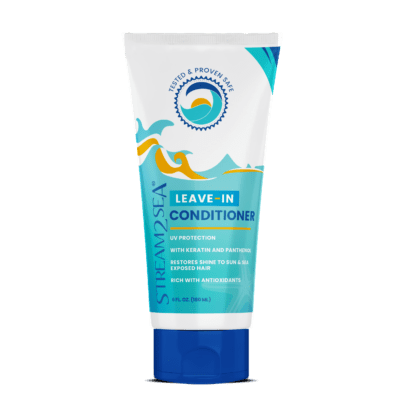As summer gets underway, it is important to share the reminder that “oxybenzone free” does not equal “reef safe”. This is important for your safety, and for the safety of coral reefs and other marine ecosystems you will encounter throughout the summer.
Autumn Blum here, checking in to give you some insight as you navigate the sunscreen aisle this summer. I love that consumers are looking for reef safe products. And I love that, because of increased awareness, more options without the endocrine-disrupting chemical oxybenzone are now available.
What I don’t love is that companies are taking chemicals out of their formulas, substituting them with other molecularly-similar ingredients that haven’t yet been proven toxic (or safe) for the reefs, then declaring their formulas are “reef safe”.
My stance is to give those ingredients time; the harm they cause to our health and the health of ecosystems will likely become apparent if they haven’t already. When it comes to the health of our oceans as well as the health of our families, these ingredients should not be considered innocent until proven guilty. Oxybenzone and octinoxate are most definitely guilty. What about avobenzone? It’s still a benzophenone. Is it safe? Even the FDA is starting to question this. How about octocrylene, a suspected endocrine disruptor? It’s a petroleum-derived ingredient, and though not yet proven toxic to coral, it has certainly not been proven safe.
Big brands are making big statements, while trying to give their consumers what they’re looking for. But these claims have no basis in fact. Simply replacing one toxic chemical for another ingredient that has not been proven safe, and saying it IS reef safe is deceptive advertising, in my opinion.
A consumer should be able to trust the claims on the front of a bottle. But sadly, in today’s fast marketing world, the consumer has to become more educated. The conscious consumer must take the time to flip over the bottle and read the active and inactive ingredients. If it contains any of the ingredients that are known endocrine disruptors—we have a convenient cheat sheet here—just don’t buy it. Instead, choose a product that’s been tested and proven safe, and feel good knowing that you are playing on our planet ecoconsciously.
I am proud to have created the only mineral sunscreen that’s been tested and proven safe for freshwater fish, saltwater fish, and coral larvae. I’m also proud that I did this before reef safe became trendy. It’s awesome that more consumers are looking for safe products, and it’s up to all of us eco-warriors to teach consumers how to find what they’re looking for in our world of deceptive marketing. Thanks for your help!
Take the Safe Sunscreen Pledge!
Take the Safe Sunscreen Pledge and we’ll send you a digital 20-page resource that dives into ingredients to know, ingredients to avoid, what “organic” and “biodegradable” really mean, and what is truly “reef-safe.”
Thank you for being part of a global movement to protect marine and other ecosystems from unsafe ingredients! What we put on our bodies DOES make a difference, and your positive choices help protect the planet!
